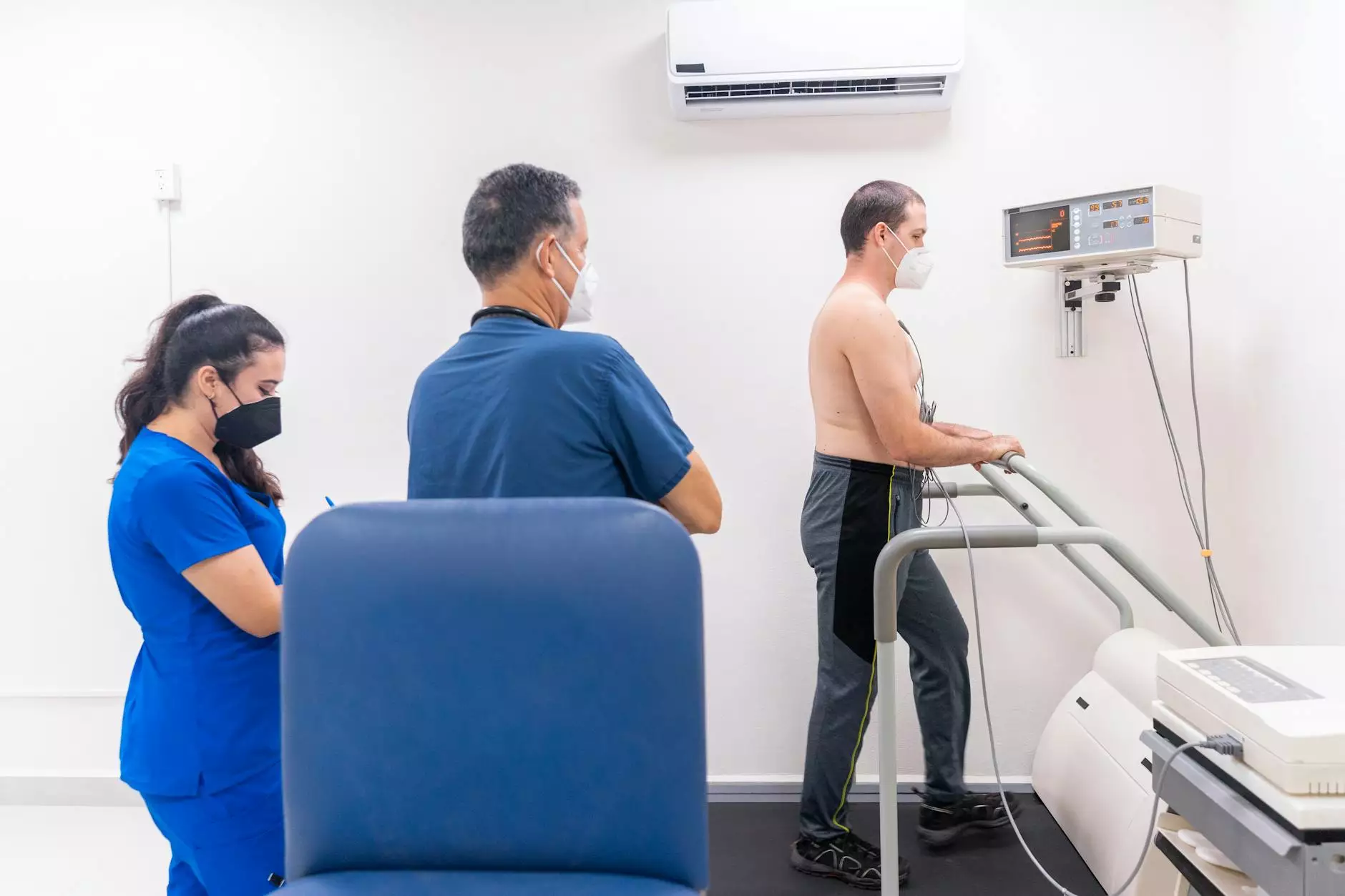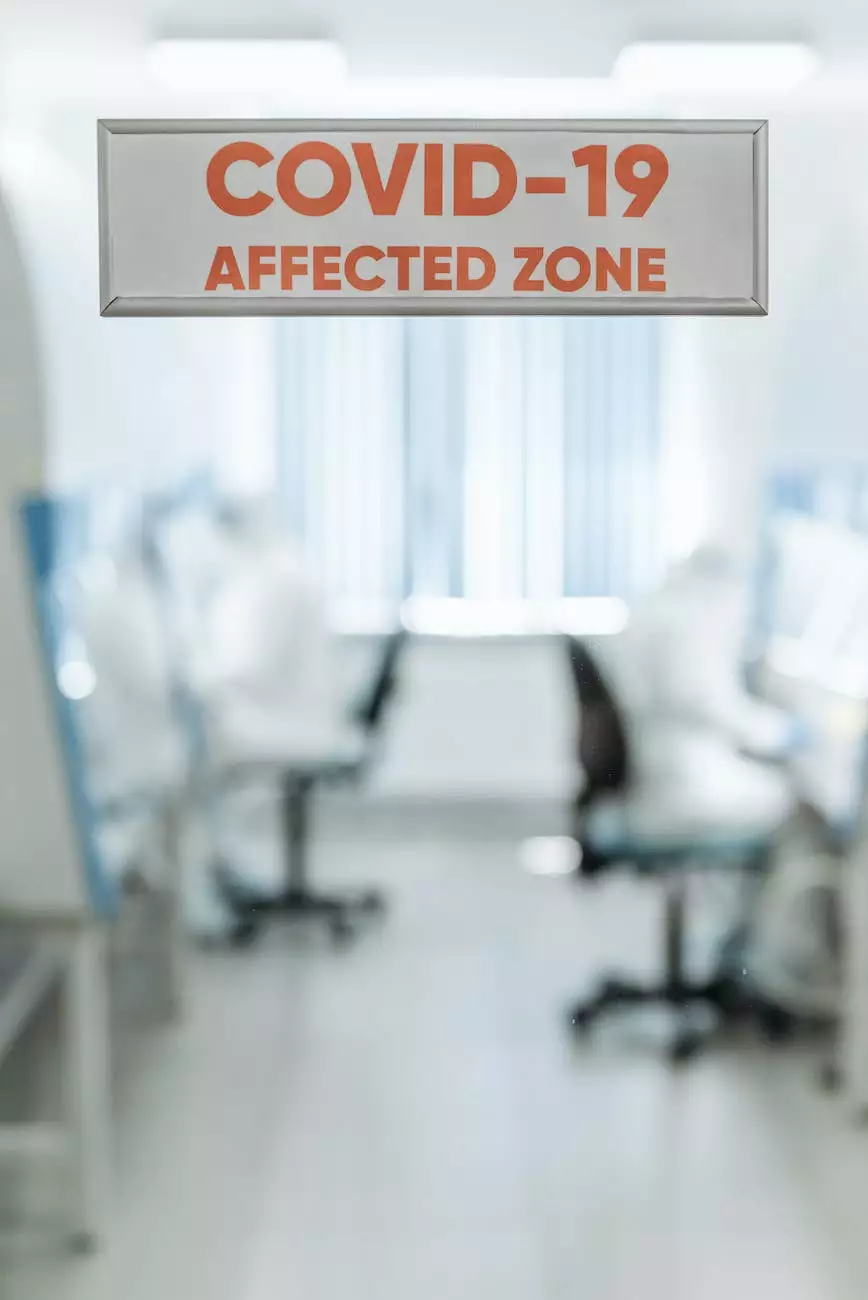Breast Cancer Symptoms: A Guide
Services
Welcome to the comprehensive guide on breast cancer symptoms, brought to you by Benjamin Shettell, MD. As a leading expert in the field of health, Dr. Shettell is dedicated to providing accurate and detailed information about breast cancer. This guide aims to educate and raise awareness about the signs and symptoms of breast cancer, enabling early detection and timely medical intervention.
Understanding Breast Cancer
Before delving into the various symptoms, it is essential to have a basic understanding of breast cancer itself. Breast cancer is a malignant tumor that forms in the cells of the breast. It is the second most common cancer among women worldwide and can also affect men.
While the exact cause of breast cancer remains unknown, several risk factors have been identified, including age, family history, certain gene mutations, hormonal influences, and lifestyle factors. Detecting breast cancer at an early stage greatly improves the chances of successful treatment and full recovery.
Common Symptoms of Breast Cancer
Breast cancer symptoms can vary from person to person. It's important to be aware of these symptoms and seek medical attention if you experience any of the following:
- Lump or Thickening: The presence of a new lump or thickening in the breast or underarm area is often the first noticeable symptom of breast cancer. It may feel different from the surrounding breast tissue and can be either painless or tender.
- Changes in Breast Size or Shape: Breast cancer may cause one breast to become larger or lower than the other. Changes in the shape of the breast, such as dimpling or puckering of the skin, may also indicate the presence of cancerous cells.
- Nipple Changes: Unexplained changes in the nipple, such as inversion, flattening, or retraction, should be noted. Additionally, nipple discharge that is clear, bloody, or resembles pus may be a symptom of breast cancer.
- Skin Changes: Breast cancer can cause changes in the skin of the breast, including redness, swelling, or visible veins. The skin may also appear pitted or resemble an orange peel texture.
- Breast Pain: While most breast cancers are painless, some individuals may experience breast pain or discomfort that does not go away. However, breast pain alone is rarely a sole indicator of breast cancer.
Please note that these symptoms are not exclusive to breast cancer and can be caused by various other conditions. It is always essential to consult a medical professional for an accurate diagnosis.
Diagnosing Breast Cancer
If you notice any of the above symptoms, it is crucial to consult a healthcare provider promptly. Your doctor may perform a series of tests to diagnose breast cancer. These tests may include:
- Breast Examination: A thorough physical examination of the breasts to check for lumps or other abnormalities.
- Mammogram: A mammogram is an X-ray of the breast that can detect early signs of breast cancer.
- Ultrasound: An ultrasound uses sound waves to create images of the breast tissue, helping identify any suspicious areas that may require further evaluation.
- Biopsy: A biopsy involves taking a small tissue sample from the breast for laboratory analysis. It helps determine whether the cells are cancerous.
Conclusion
Early detection and timely treatment play a crucial role in successfully managing breast cancer. By being aware of the symptoms and promptly seeking medical attention, you can significantly improve your chances of a positive outcome.
Remember, this guide serves as an informative resource, not a substitute for professional medical advice. If you suspect any breast abnormalities or have concerns, please consult with a qualified healthcare provider. Benjamin Shettell, MD and his dedicated team are here to support you on your journey towards breast health.










